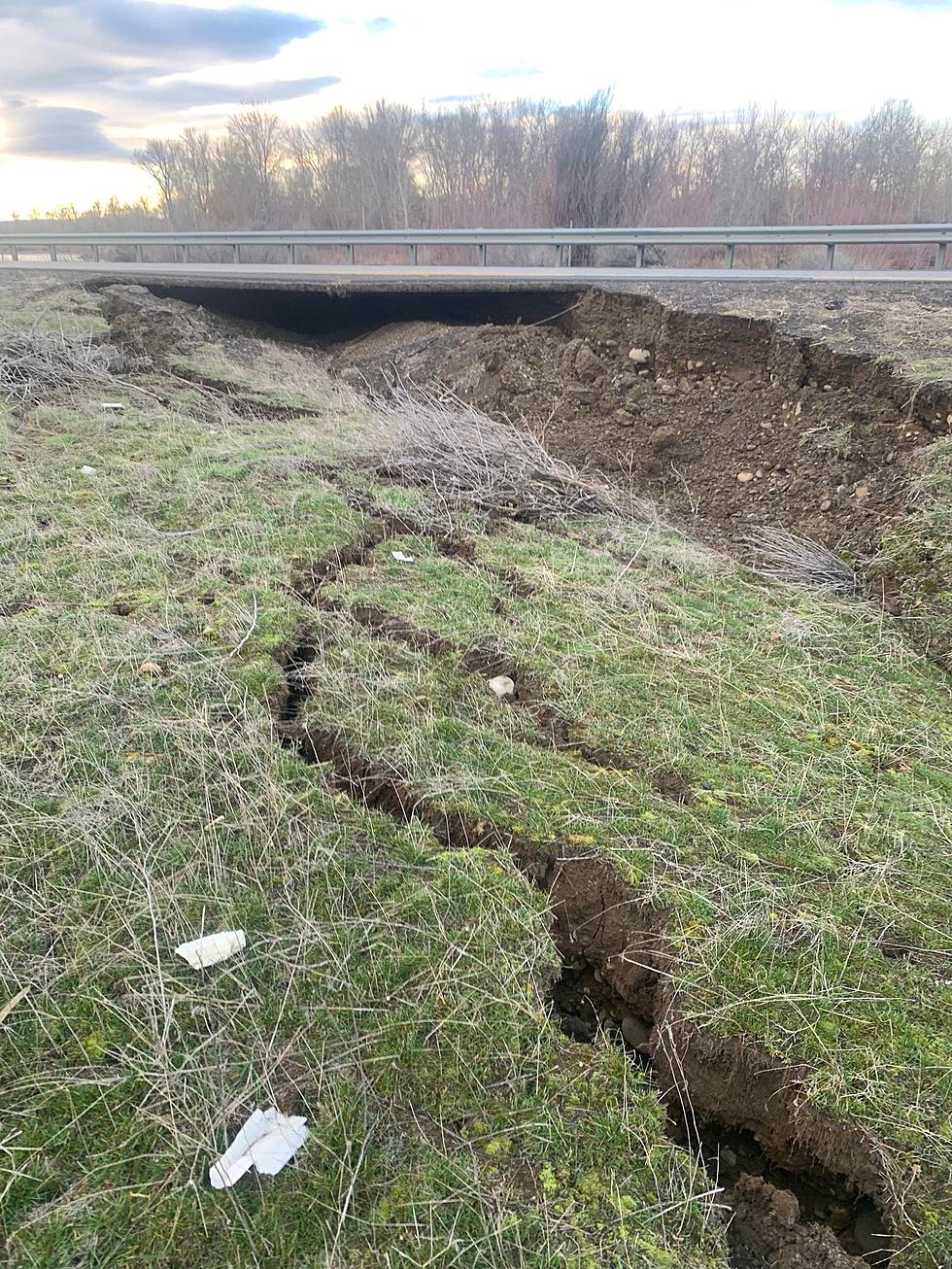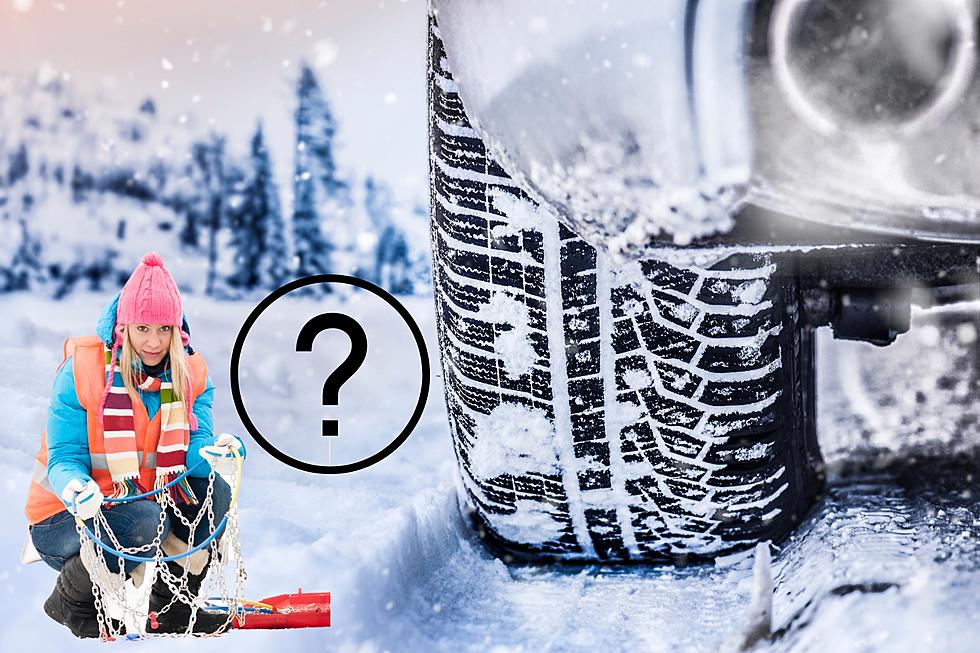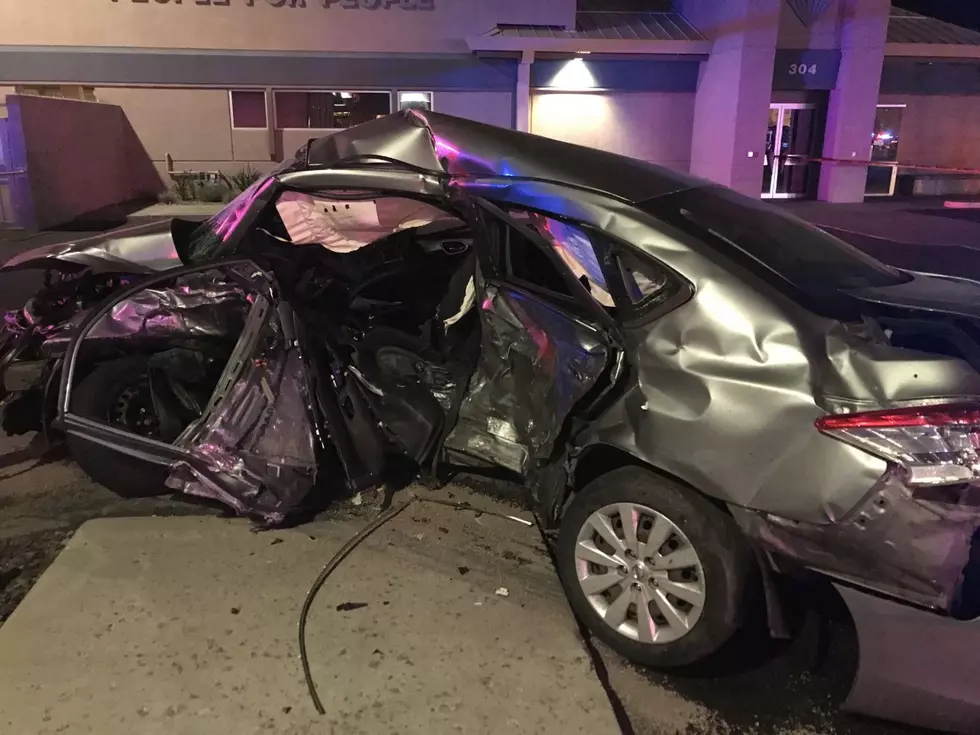
Winter Driving Be Cautious!
Two Washington State Department of Transportation workers injured today while helping keep state roadways open during the winter storm are expected to make full recoveries, WSDOT said today.
But Transportation Secretary Paula Hammond said these incidents, plus other situations faced by WSDOT employees and State Patrol troopers, highlight the dangers emergency responders face as they work to keep the state’s transportation system functional against difficult weather odds.
“Our maintenance workers and State Patrol troopers truly are partners in situations like the one we have faced this week when heavy snowfalls and ice made our roadways difficult to travel,” Hammond said. “I want to personally thank all the men and women who have been working around the clock to make our highways as safe as possible.”
WSP said its personnel responded to 2,317 incidents in the 24-hour period ending at 9 a.m. Thursday morning - four times as many incidents as a year ago on the same day.
WSDOT maintenance crews follow stringent safety standards and protocols as they plow snow and ice, apply deicers, clear fallen trees and help clear accidents and spinouts with their WSP partners.
Thursday morning, a WSDOT incident response worker was injured on southbound I-405 near Mill Creek while assisting a driver whose car had spun out. The worker, who was taken to a hospital, sustained several broken bones but is expected to make a full recovery. Fellow WSDOT workers were at his side throughout the ordeal.
Earlier in the morning, another WSDOT employee clearing fallen trees on State Route 18 was struck by a tree limb. He received four stitches and was able to return to work.
Also today, two snowplows working on Interstate 90, one near Ellensburg and the other in Spokane, were rear-ended, but no injuries were reported.
To reduce risks to WSDOT and WSP emergency responders, WSDOT advises drivers to take it slow, drive for conditions, leave extra room between vehicles, and be extra cautious near chain-up areas.
Also, drivers should use extra caution around snowplows. Stay back 15 car lengths from the snowplow until a safe passing area clearly exists or until the plow pulls off the road. When approaching an oncoming snowplow, slow down and give it extra room. If involved in an incident, drivers should attempt to steer the vehicles out of the traffic lanes if possible.
More From News Talk KIT









